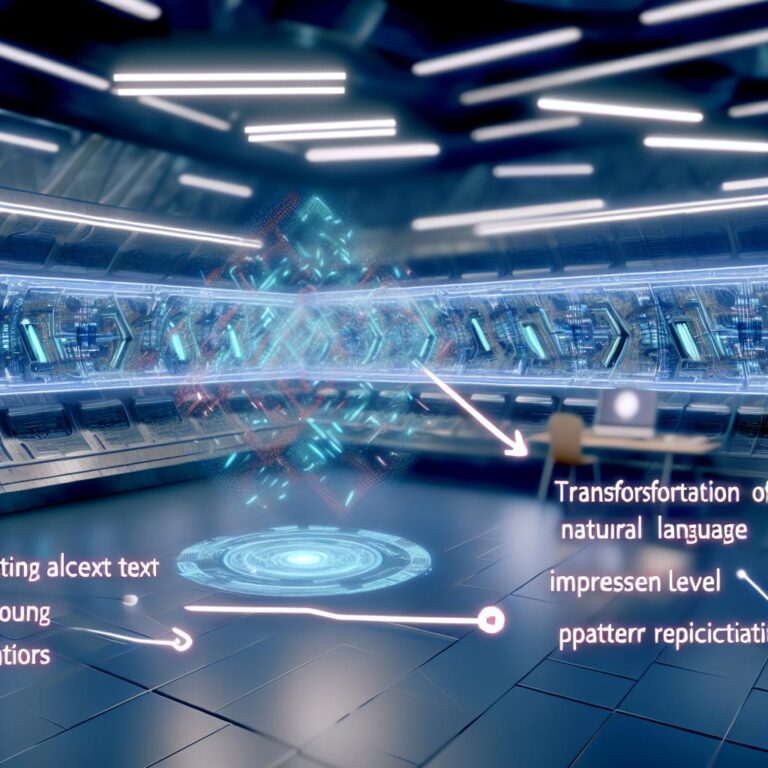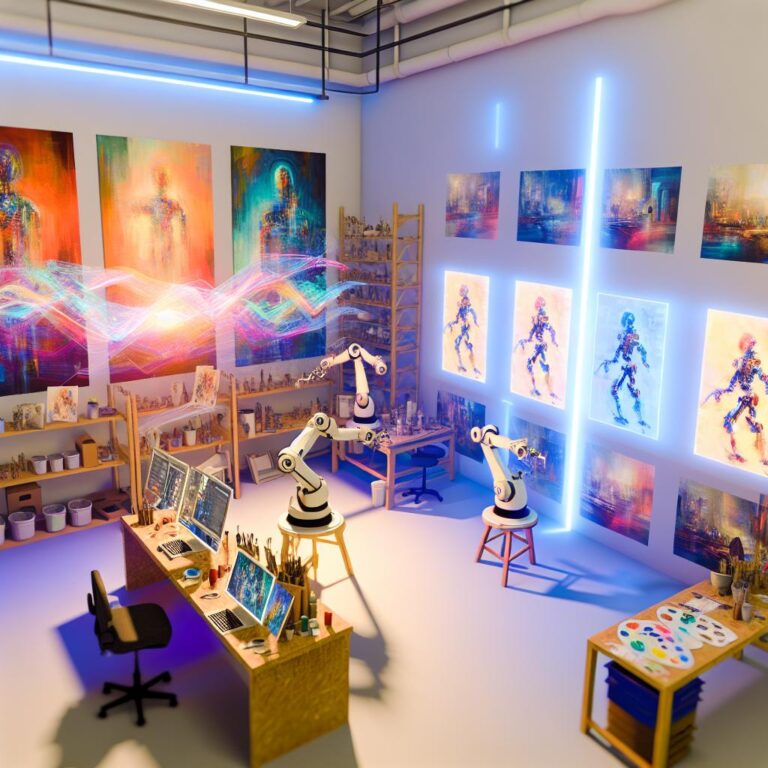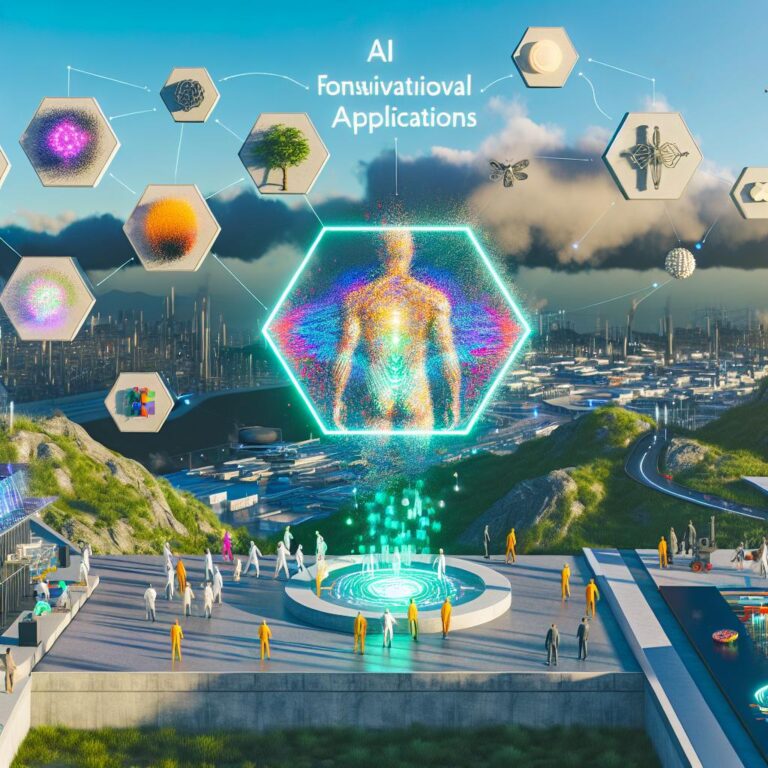Ai prompt generation: How can it be improved?
- Use natural language for clearer AI prompts, enhancing relatability and context.
- Structured prompts should specify the subject, vivid details, and desired style.
- Experiment with prompt lengths to find optimal AI tool responses.
- Incorporate reference images for style guidance and accuracy.
- Descriptive elements with concrete nouns improve AI precision.
- Tools like LetsEnhance.io improve image quality post-generation.
- Experiment with platform-specific features for tailored results.
- Midjourney and DALL-E have unique strengths; choose based on project needs.
- Advanced techniques include prompt scheduling and attention weighting.
- AI generators enhance creativity, save time, and support diverse outputs.
- They aid in generating fresh ideas, variations, and exploring new creative fields.
Why settle for ordinary AI prompts when there's room for more creativity? In a world teeming with potential, improving AI prompt generation isn't just possible; it's essential. Together, we'll explore strategies that make AI prompts clearer, sharper, and more effective. Whether you're an AI enthusiast or seeking to understand tech trends more deeply, discovering new methods will bolster your expertise. Let's dive into what can truly make AI-driven creativity flourish.
What Strategies Are Effective for AI Prompt Generation?

When I think about AI prompt generation, I realize it needs careful planning. The magic happens when you harness the right strategies and apply them expertly. Let me walk you through how natural language, structured prompts, and experimentation can improve this process.
How Can Natural Language Enhance AI Prompts?
Natural language makes prompts relatable and clear. A key strategy for AI prompts is using everyday words. This creates more human-like interactions with AI tools. For instance, if you ask for an image of a "sunset over a calm sea," it sounds like a conversation. This resonates better with AI systems. It helps them understand intent more clearly.
When we use natural language, we provide context. The AI can produce outputs that match our style and mood. Think about how you'd explain an idea to a friend. The same approach applies when crafting prompts. Speak with confidence and clarity. Avoid technical language that might confuse the AI.
Why is Structuring Prompts Important?
Structure is crucial for success in prompt crafting. First, identify the subject: what do you want the AI to focus on? Then describe it with clear and vivid details. Lastly, specify the style or aesthetic you want. This structure helps AI systems like DALL-E or Midjourney.
Let’s say I want an image of "The Batmobile stuck in Los Angeles traffic." I’d add "impressionist painting" and "wide shot" for style. This level of detail shapes the AI's imagination. It chooses colors, angles, and mood based on the given structure. A well-structured prompt is like a blueprint for the AI to follow.
Avoid abstract concepts as subjects. Concrete nouns help with precision in AI image generation. A detailed subject, description, and style guide the AI. This results in an output that matches your vision.
What Role Does Experimentation Play in Effective Prompts?
Experimentation is a secret ally in crafting AI prompts. It's vital to try different lengths and formats. Some ideas work best in short prompts with just five to ten words. Others need medium prompts up to fifty words. At times, long prompts with more detail (50+ words) give desired results.
The key is to explore and learn what each AI tool responds to. Flux, for example, is friendly with natural language prompts. It allows for detailed descriptions. Experimenting highlights what combinations work best for your creative goals.
Adapting your approach for different tools is crucial. Check how AI interprets and constructs images based on prompt variation. An experimental mindset opens doors for creative possibilities. It lets you get the best results from AI tools like LetsEnhance.io and Stable Diffusion.
Remember, your goal is to inform and inspire AI to build what you want. Focusing on specifics increases ai prompt generation success. Trying various approaches boosts your understanding of each tool’s unique capabilities.
With these strategies, especially using natural language, structuring prompts, and experimenting, ai prompt generation can reach new heights. Each technique is a piece of the puzzle that creates improved, more tailored AI outputs. Understanding and applying these can enhance the images and ideas crafted by AI tools.
What Are the Best Practices for Generating Image Prompts?

Creating prompts for AI can be tricky. Here’s how to make them work better.
How Can Reference Images Improve AI Outputs?
Reference images are a secret weapon. They guide style and accuracy. Imagine you want a dreamy landscape. Show the AI an image of a real landscape. Point out key parts like the colors and style. This helps the AI create a similar scene. The visuals offer a clear direction. Using such images reduces guesswork. It makes results more predictable and visually pleasing.
Why Should You Focus on Descriptive Elements?
When crafting prompts, concrete nouns rule. Saying, "A red apple on a grass lawn," beats "fruit outdoors." Specifics like "red" and "apple" give the AI a clear picture. Descriptive words paint a vivid image. They tell the AI exactly what you want. This reduces confusion and enhances accuracy. Vivid descriptors result in richer and more detailed outputs.
What Techniques Are Available for Enhancing Generated Images?
Even AI images can improve with a bit of help. Tools like LetsEnhance.io are magic for quality upgrades. They sharpen details and boost resolution. Imagine turning a blurry image into a clear one. This is ideal for big prints or detailed views. Upscaling is a must for any serious project. And it’s simple to use—just upload and enhance! The final image is clearer and feels more professional.
Structuring Image Prompts for AI
Building prompts is an art. Make them clear and structured. Start with the subject, then the description, and end with the style. For instance, "A sleek black car in the rain, photo-realistic style." This gives a clear path for the AI. It knows the mood, the subject, and the look you want. Structure brings clarity and ensures the AI doesn't lose focus.
Experiment with Prompt Lengths
Playing with the length of your prompts can lead to surprises. A short prompt might give a simple output. Longer prompts can add depth and detail. Try starting small, then add more words. Aim between ten and fifty words at least. This way, you’ll learn what each AI tool favors. Plus, it keeps results fresh and varied.
Use Platform-Specific Features
Platforms like Midjourney and others have special settings. These settings can tweak the image’s look. For instance, use options like "–ar 16:9" to shape the width and height. Some platforms even allow negative prompts. These exclude things you don't want. Tailor your prompts using each tool’s special features for the best results.
Embrace Styles and Modifiers
Imagine saying "oil painting" or "cartoon style" in your prompt. Style modifiers change outcomes dramatically. A style specifies the visual tone of an image. By doing this, you guide the AI's creative flow. It’s like choosing the lens through which the AI sees. Use these modifiers to align with what you envision, ensuring precise aesthetics.
Real-World Tools for Image Quality
Visual tools like LetsEnhance.io do wonders for images. They boost quality to a high level. Such tools preserve detail while enlarging. If you’re making art for a large audience, quality is key. The power of advanced upscaling ensures every part of your image shines. This optimization harmonizes with creative intentions, offering polished deliverables.
By following these practices and utilizing tools like the MidJourney Prompt Generator, you can direct AI to craft stunning, accurate images. They’re simple steps, but they make a massive difference. Take the time to experiment and explore, adjusting prompts to achieve visual magic.
How Do You Choose the Right AI Image Generator?
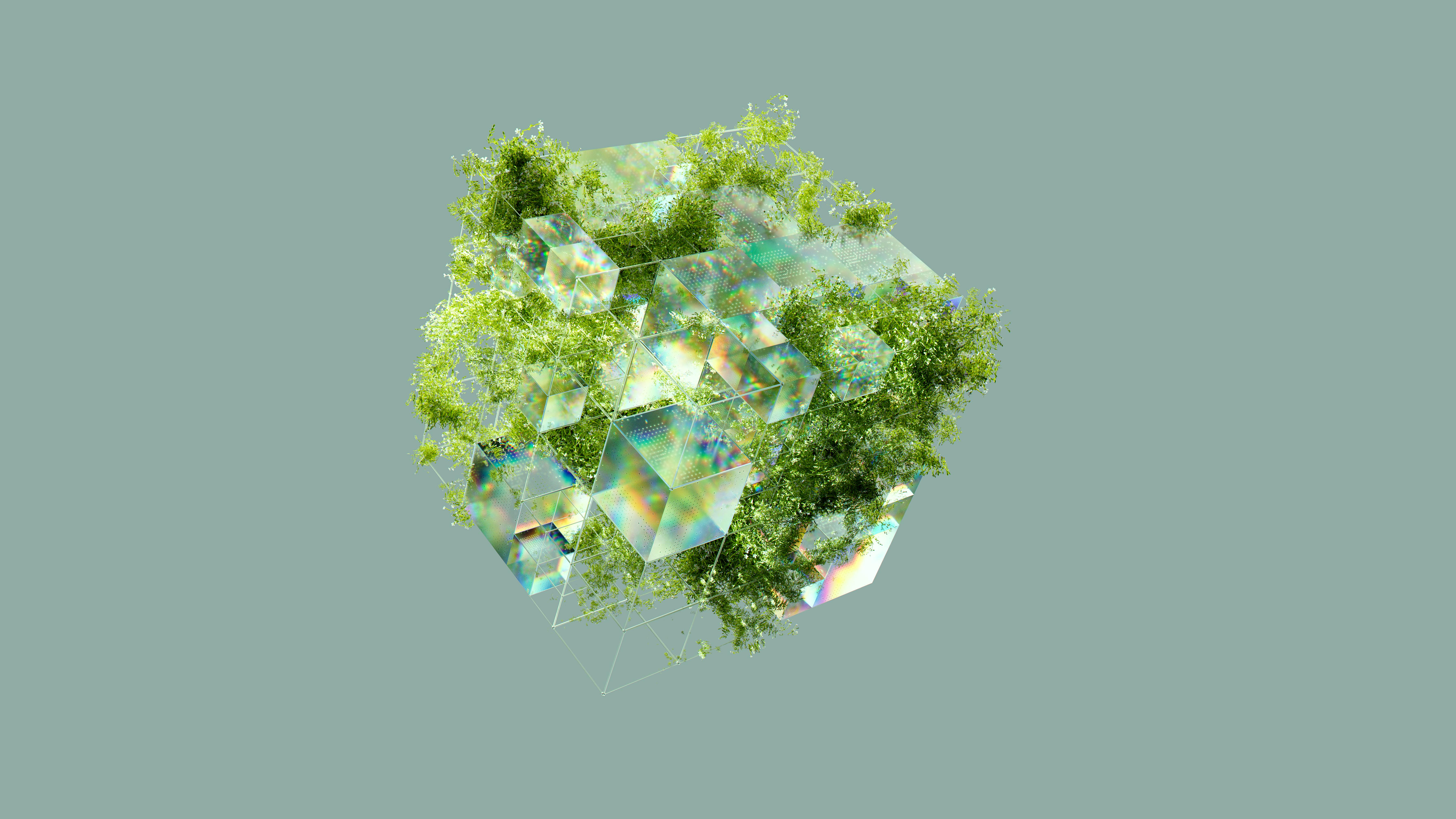
When choosing the best AI image generator, start by asking, "What do I need?" Each generator offers different features. Some will create detailed, accurate images, while others focus on artistic flair. Knowing what you need will help you find the right tool. It’s not just about choosing one you might have heard about. Instead, focus on the features that matter for your type of project or art.
What Features Should You Consider?
Each platform often has distinct features that can impact your creation. For instance, consider Midjourney. It offers options like aspect ratios, where you use flags like "–ar 16:9" to change image shapes. Such features help if you have a specific vision in mind. On the other hand, DALL-E provides a powerful understanding of scenes and spatial relationships. This is great if you're crafting complex and detailed images. A key feature to explore with all platforms is the prompt creation tools. Some have visual builders or support advanced techniques like attention weighting. This means you can guide your image's look with precision. Understand what each tool offers to leverage its full potential.
How Do Different Generators Compare?
Comparing platforms like DALL-E and Flux highlights key differences. DALL-E excels at grasping detailed scenes without needing style keywords. It is ideal for straightforward, direct prompts. Whereas Flux works well with both keyword and natural language prompts. It’s open-source and supports up to 500 tokens, giving you vast control over descriptions. If you want to try other tools, Stable Diffusion can manage both short and long prompts, giving it a versatile edge. Stability and versatility differ in each AI generator, and these traits guide your choice as you understand which fits your creative work the best. Remember, it's not one-size-fits-all; different tools have different strengths.
Which Generators Excel in Specific Tasks?
Some AI generators shine in certain tasks over others. If your work has a detailed and realistic focus, you might find DALL-E 3 suits you best. It’s designed for understanding and creating complex imagery. But, if your art leans towards creativity, Midjourney brings style and detail together. For instance, say you want an anime-style painting. Midjourney allows you to style with detail and precision, meeting this need. Meanwhile, LetsEnhance.io is excellent if you need to improve quality or resolution for large prints. Flux, as another example, carries open-source flexibility. It adapts to varied creative expressions, be it through keyword precision or freeform style. Choose based on the specific artistic task you are pursuing. This choice leverages each generator’s strengths for superior results.
Choosing the right AI image generator involves knowing your needs and exploring your options. Through understanding each platform's unique features, comparing their capabilities, and matching them to your specific tasks, you ensure that your creative journey is both productive and meaningful. The right tool can make all the difference in bringing your vision to life.
What Are the Advanced Techniques for AI Art Prompts?

Prompt generation for AI art has grown in complexity. It’s not about random words anymore. Advanced techniques can refine and improve AI creativity. So let’s delve into how these techniques can enhance your art prompts.
How Does Advanced Prompt Scheduling Work?
Prompt scheduling is a powerful tool in AI art. But what exactly is it? Imagine setting an agenda for your prompts to unfold. With advanced scheduling, you can control when and how a prompt kicks in. It is like conducting an orchestra of ideas. Each prompt can be activated at precise moments, guiding the AI in specific creative phases.
Another aspect to consider is attention weighting. This involves boosting certain words in your prompt. Think of it as putting a spotlight on key parts when you want the AI to focus. By doing so, you guide the AI’s attention to specific details, making your output more aligned with your vision. Such attention management gives the AI a roadmap to follow, crafting a more polished and intentional image.
What is the Importance of Context in Art Prompts?
Context is crucial for crafting articulate AI art prompts. It defines the surrounding scene inside which your art lives. But why is context important, you might ask? Quite simply, without context, your prompt is like a ship without an anchor. Contextual elements offer the AI necessary boundaries to work within.
For example, a prompt with context could say, “A sunny day at the beach, children playing with toys, cartoon style”. Here, the words “sunny day at the beach” set the scene. The AI now understands the situation and mood. It focuses on the essence of the scene while incorporating artistic style. This depth of detail can bring out richer, more targeted results.
How Can You Leverage Platform Features for Better Style Adherence?
Each AI platform has unique features. Utilizing these can significantly enhance how prompts follow your desired style. Midjourney, for instance, offers flags such as --ar to set aspect ratios. These flags guide image composition, impacting how elements fit together on the page. Setting the right aspect ratio ensures that your artistic elements appear in the correct proportions.
Moreover, style adherence is about being specific with your needs. Some platforms let you use flags to dictate tonal style or artistic treatment. Imagine you want your piece in a vintage style. A simple prompt tweak can lead to a more cohesive output. For instance, adding “vintage look, sepia tone” directs the AI exactly where it needs to be stylistically.
Platform-specific features are your allies. They help fine-tune the visual output. By knowing and using these features, you can transform an idea into a completed work. The challenge is to explore and test these settings until they produce results that match your creative goals.
In summary, advanced prompt techniques involve more than words. They require strategic thinking and familiarity with AI capabilities. With careful planning and exploration, these tools help craft distinctly unique AI art experiences. Remember, every detail feeds into the final masterpiece, transforming a simple idea into an expansive creative journey.
What Are the Benefits of Using AI Prompt Generators?
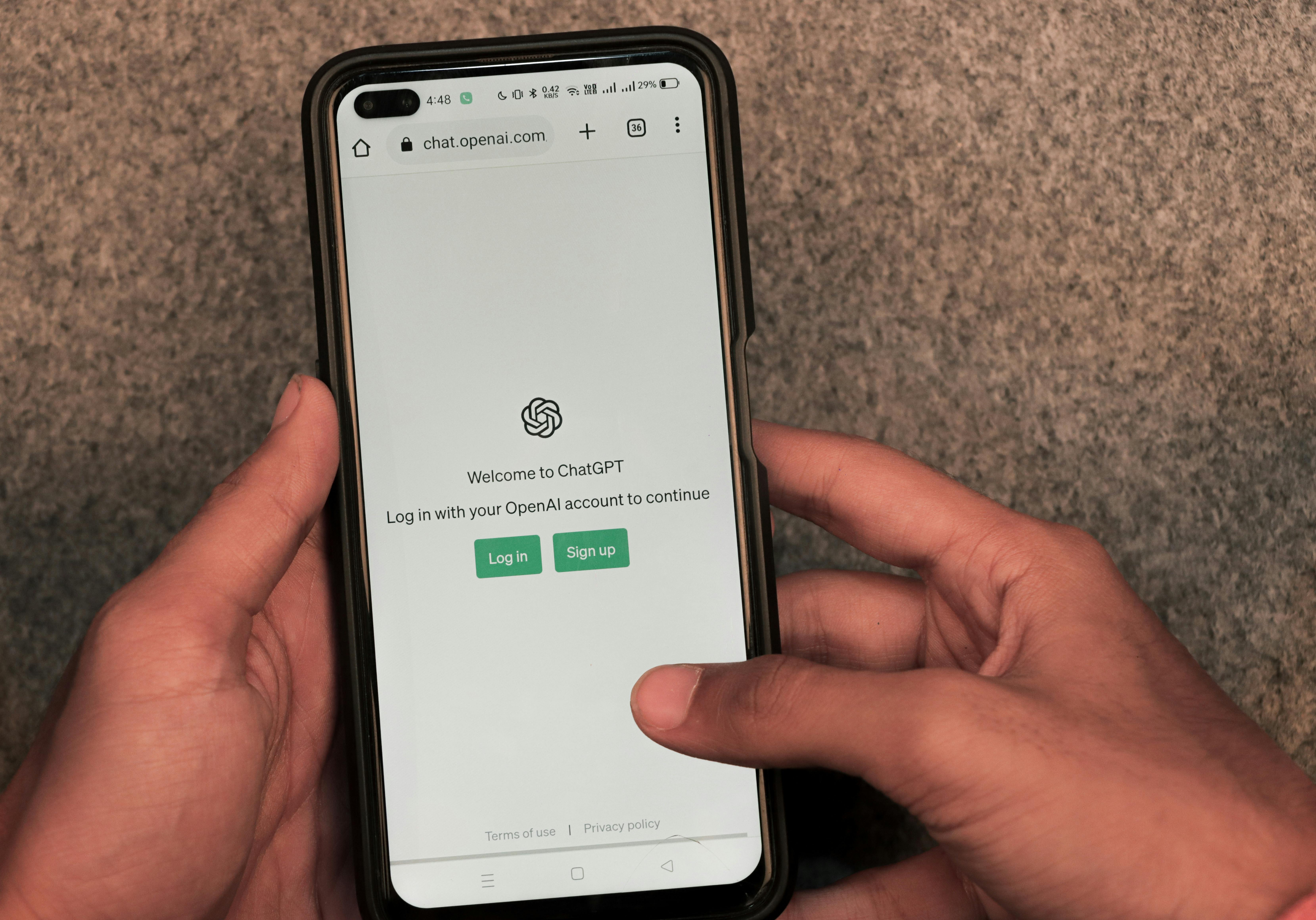
How Can AI Generators Enhance Creativity?
AI prompt generators unlock creativity by sparking new ideas. They help when creativity feels stuck. Imagine sitting there, staring at a blank screen. The ideas don't flow, but you know you need to create something special. AI generators provide fresh angles and perspectives, acting as a helpful brainstorming partner. They take basic input and quickly spin it into something fresh and exciting. By using AI, creators explore areas they might never have considered otherwise.
A good example is generating art prompts. You start with a simple idea, like drawing a cat. The AI suggests variations: a cat on the moon or a cat wearing sunglasses at a beach. These prompts can lead to more creative works because the possibilities grow with each suggestion. With AI tools, artists and writers push boundaries, exploring endless styles and themes.
Why Are AI Generators Time-Saving?
AI generators save time by making the creative process faster. They handle tedious work quickly. You could spend hours brainstorming, struggling to find the perfect wording or image idea. The AI narrows choices or creates refined ideas, cutting down decision-making time. It feels like having a fast friend who always knows what to say and how to say it.
For writers, AI helps draft or rewrite text with better clarity. It suggests improvements, saving you from editing dozens of times. Artists can generate detailed prompts without endless cycles of trial and error. With less time spent on these tasks, there's more time for creating and innovating.
How Do Prompt Generators Aid Diverse Content Creation?
AI prompt generators foster diverse content creation by simplifying adaptability. They get used in writing, music, visual art, and more. Think about content variety. In one project, you might need a spooky theme; in another, something whimsical. The same base input can lead to vastly different outputs, ensuring no two creations are ever quite alike.
These tools support different styles and genres. They suggest various ways to present an idea, making them ideal for those wanting to explore new creative territories. A musician might receive suggestions for a classical twist or a jazz flair. AI tools adapt guidance to fit diverse needs, making them valuable for any creative field.
Moreover, AI generators handle both detailed and broad prompts. You can specify exact ideas like "A panda playing a guitar" or leave it more open-ended and see where the AI takes it. With AI, you're encouraged to explore without limits, opening doors to fresh and unanticipated creations.
In conclusion, AI prompt generators play a crucial role in enhancing creativity, saving time, and supporting diverse content creation. By integrating AI into creative workflows, creators discover new realms of possibility, achieving more than ever before. Interested in paraphrasing or enhancing prompts? AI can streamline that too.
Conclusion
We've explored effective strategies for AI prompt generation, from using natural language to structuring prompts for clarity and impact. Experimentation helps refine prompts for better results, and reference images enhance AI output accuracy. Pay attention to image prompt details, and select the right AI generator based on needs. Advanced techniques, like scheduling, add precision to AI art prompts. AI prompt generators boost creativity, save time, and adapt to diverse needs. Mastering these techniques offers robust tools to harness AI's creative potential and drive technological innovation forward.


